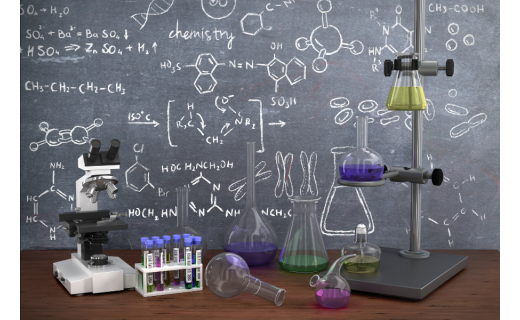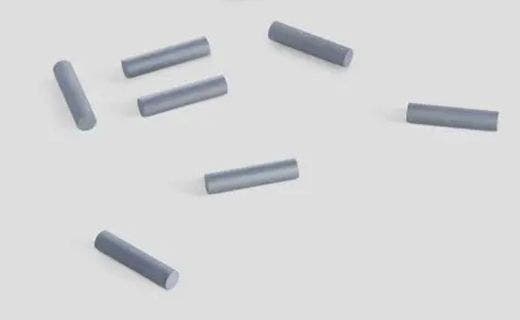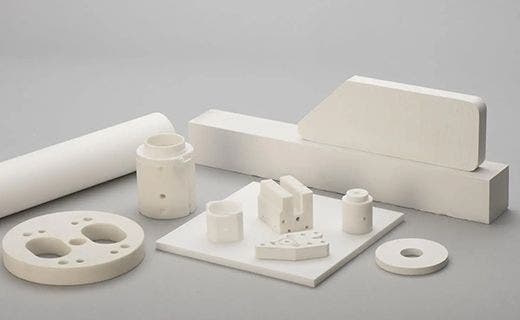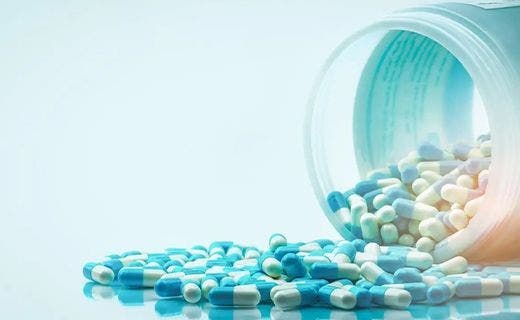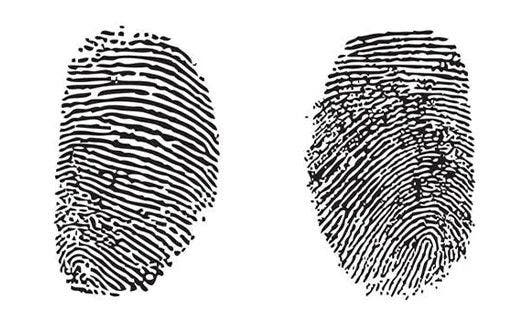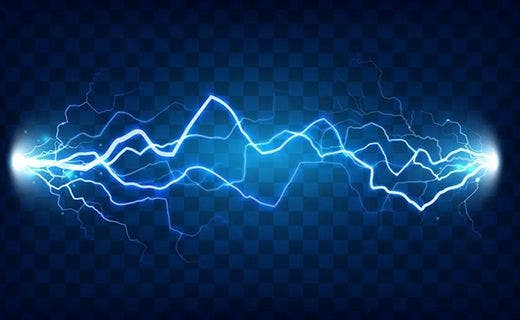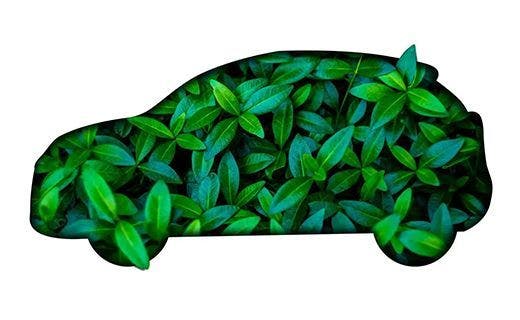Chemistry is a science that explores the properties of matter. Simply put, it's the study of what the world is made of and how these different substances interact. Understanding chemistry can give us a much deeper understanding of the world around us, but learning about this subject will involve learning some new vocabulary. These terms help chemists to better describe the characteristics of and reactions between different atoms and compounds.
Acid: A substance with a pH lower than 7
Atom: The smallest possible unit of an element that has all of the properties of that element
Avogadro's Number: The number of atoms, ions, or molecules of a substance in one mole of that substance. The value of this mathematical constant is 6.023 times 10 to the 23rd power.
Balanced Equation: A chemical equation that is balanced, meaning that every atom on the left side of the equation is accounted for on the right side and vice versa
Base: A substance with a pH higher than 7
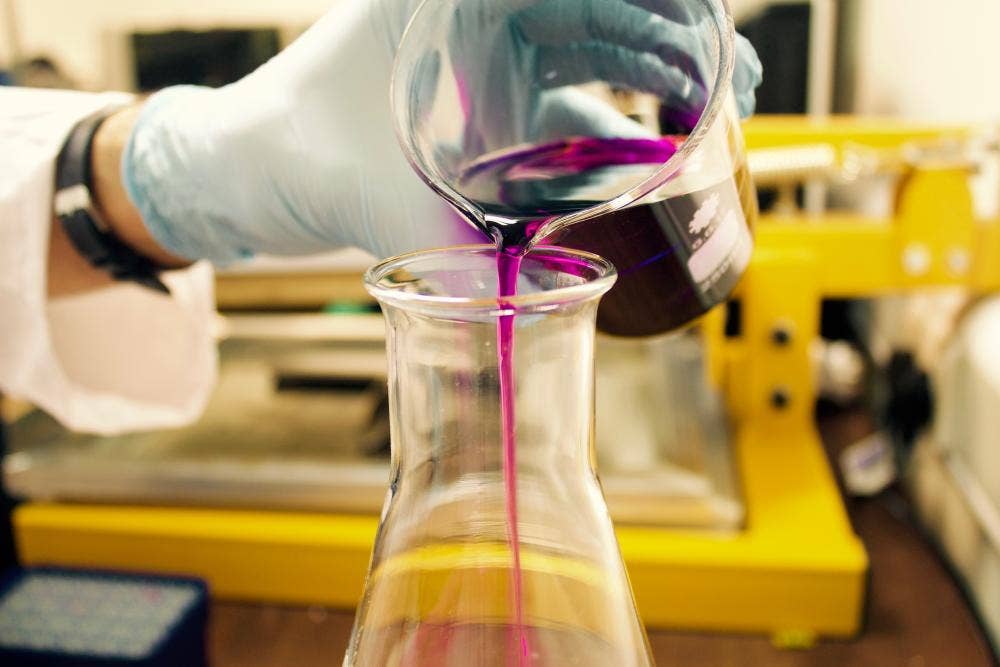
Image Credit: Unsplash
Catalyst: Something that encourages a chemical reaction without being consumed in the reaction
Chemical Bond: A bond between atoms or ions that allows molecules to form
Chemical Equation: The equation that represents a chemical reaction
Compound: A substance made from identical molecules that contain more than one element
Corrosion: The deterioration of a metal through a chemical reaction with oxygen
Covalent Bond: A bond between atoms created when they share electrons
Electron: A negatively charged particle that orbits the nucleus of an atom
Element: A substance that cannot be broken down into other substances
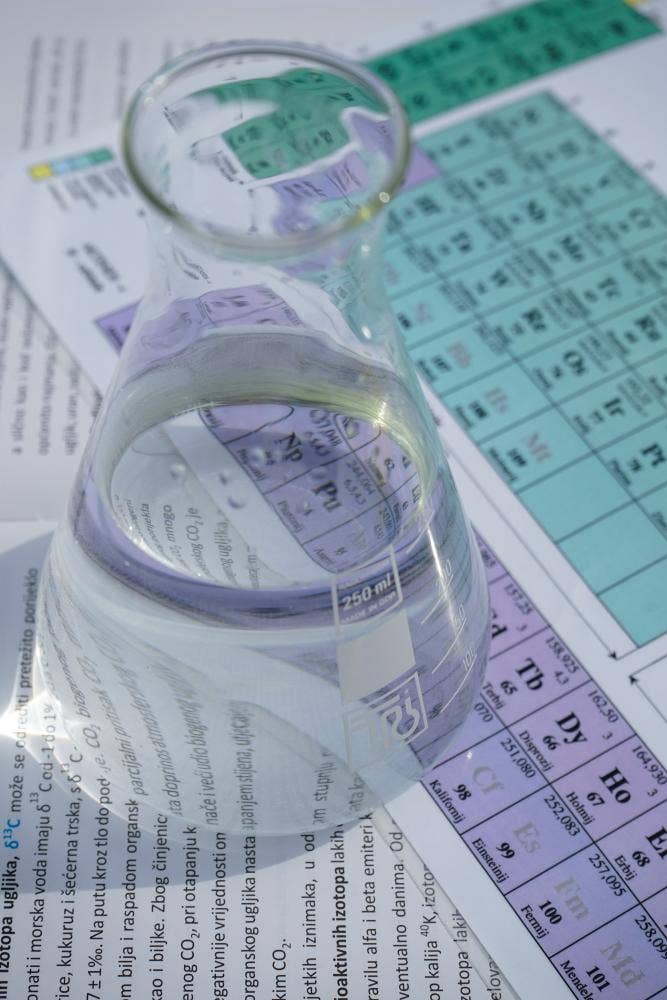
Image Credit: Unsplash
Group: One column of the periodic table. Elements in the same group have the same number of electrons in their outer shell.
Ion: An electrically charged atom
Ionic Bond: A bond between ions that have opposing charges
Isotopes: Different versions of the same element, with each having a different number of neutrons but the same number of protons
Metallic Bond: A chemical bond in which electrons float between atoms of metal, such as in a copper wire or aluminum foil
Molar Mass: The average mass of one mole of a given chemical compound
Mole: A standard unit of measurement in chemistry, defined as the amount of a substance that contains the same number of atoms, ions, or molecules as there are atoms in 0.012 kg of carbon 12. This number is a mathematical constant known as Avogadro's number.
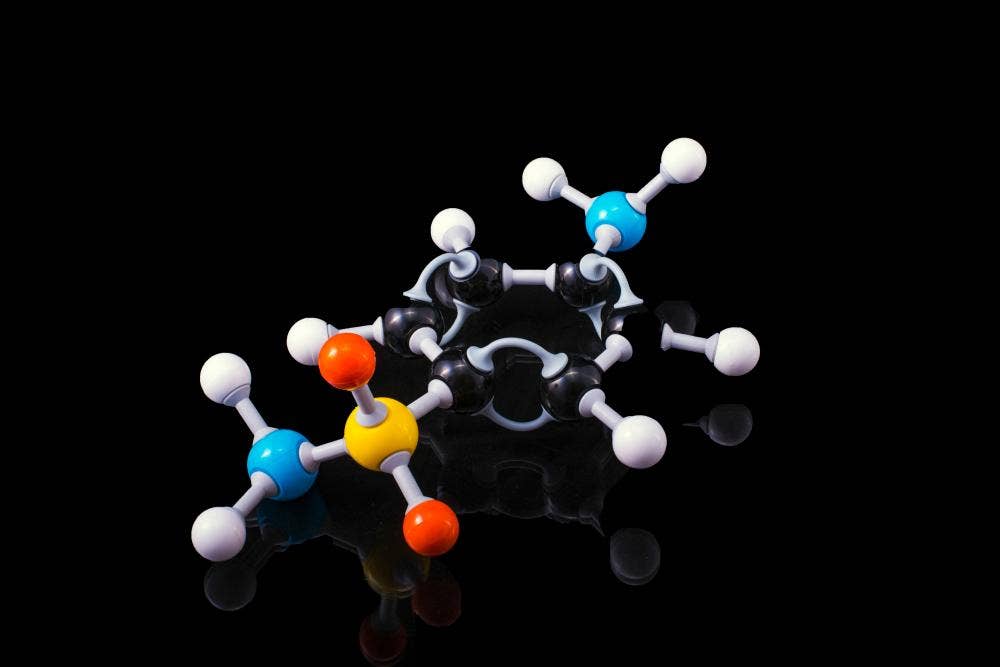
Image Credit: Unsplash
Molecule: Two or more atoms that are chemically bonded. Molecules can contain multiple atoms of the same element or atoms of different elements.
Neutron: A particle within the nucleus of an atom that has no charge
Nucleus: The center of an atom, containing one or more protons and neutrons
Period: A row of the periodic table, which contains the elements that successively fill up a specific electron shell with electrons. The first element in each period has one electron in its outer shell, making it relatively unstable, while the last element in each period has a full outer shell, making it relatively stable.
pH: A measurement of how basic or acidic a liquid is. The pH scale goes from 0 to 14, with 7 being neutral.
Product: The substance formed during a chemical reaction
Proton: A positively charged particle in the nucleus of an atom
Reactant: A material that is chemically changed in the course of a chemical reaction
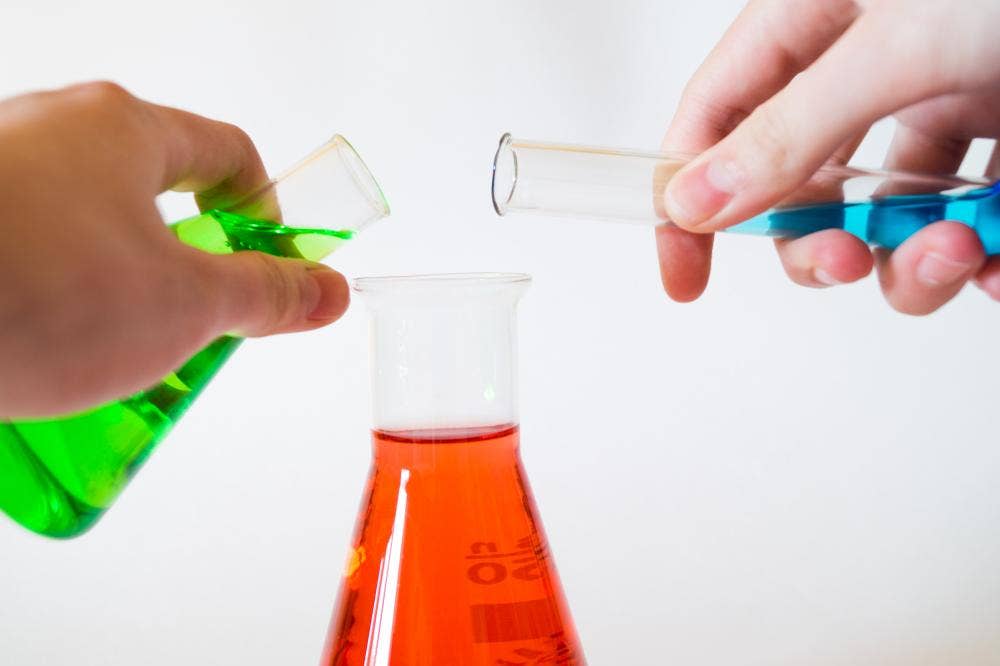
Image Credit: Unsplash
Solute: Something that is dissolved in a solvent
Solution: The mixture created when a solute is dissolved in a solvent
Solvent: A substance, usually a liquid, that can dissolve another substance to create a solution
Stoichiometry: The study of chemical equations that focuses on how much of each reactant needs to be added to a reaction to get a certain amount of product at the end
Valence Electron: An electron in the outer shell of an atom that is free to become part of a chemical bond
Additional Resources
- The Mole and Avogadro's Number
- Crash Course: pH and pOH
- Periodic Table of Elements
- Stoichiometry and the Mole
- Compound Basics
- What Is a Solution?
- Atomic Bonding
- What Are Isotopes?
- Electron Structure of Atoms
- Carbon Isotopes
- Amadeo Avogadro Enumerated the Molecular World
- How Do You Balance a Chemical Equation?
- Iridium: The Most Corrosion-Resistant Metal
- Four New Elements Added to the Periodic Table
- Outer Space Molecule Chase
- Seven Things You May Not Know About Catalysis



